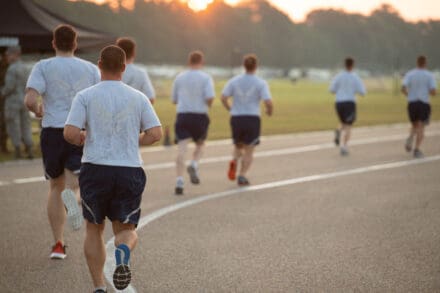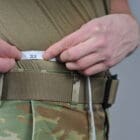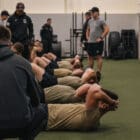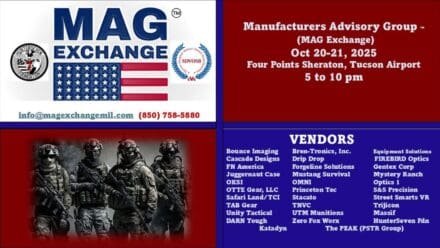U.S. Air Force Col. Mark L. Hamilton assumed command of the 1st Special Operations Wing from Col. Patrick T. Dierig during a change of command ceremony at Hurlburt Field, Florida, Oct. 6, 2025.
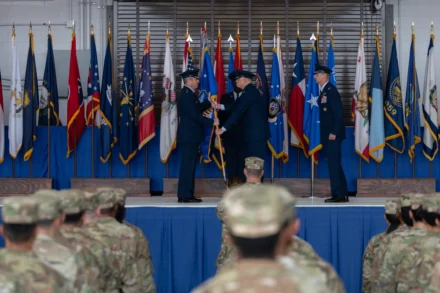
Presiding officer, Lt. Gen. Michael Conley, commander of Air Force Special Operations Command, praised Col. Dierig’s leadership of the 1 SOW and cast a vision for continued mission readiness and innovation under Col. Hamilton.
“Col. Hamilton’s proven leadership is just what the 1 SOW needs to ensure our Air Commandos remain ready to answer the Nation’s call,” said Lt. Gen. Conley. “I can think of no better leader to take the reins of this remarkable wing and continue its long legacy of excellence. We have a lot of work ahead and must continue to maximize Air Commando attributes of boldness, valor, and ingenuity to ensure that when called…we win.”
As commander of the 1 SOW with 20 years of Air Force service, Col. Hamilton will be responsible for preparing special operations forces for worldwide missions in support of joint and coalition objectives. The 1 SOW at Hurlburt Field is one of six Air Force active duty special operations wings which fall under AFSOC. Hurlburt Field employs more than 7,600 military and approximately 1,700 civilian personnel.
“To the Air Commandos of the 1st Special Operations Wing—I am proud of your accomplishments…but even more impressed by your professionalism, grit and selfless service,” said Col. Hamilton. “I am deeply humbled to assume command of this extraordinary organization, and I am eager to get after our mission together.”
Previously, Col. Hamilton served as the 1 SOW’s Deputy Commander of Operations, where he was responsible for employing manned and remotely piloted fixed-wing aircraft, including the AC-130J Ghostrider, MC-130J Commando II and MQ-9 Reaper. He also served as the primary operations advisor to Col. Dierig.
As the outgoing 1 SOW commander with over 24 years of service, Col Dierig leaves behind oversight of Hurlburt Field’s base support for the wing’s 24 squadrons, as well as more than 40 tenant units, including Headquarters Air Force Special Operations Command.
“I’ve always said that to be a good Airman, be a good person,” said Col. Dierig. “Looking around this room, I see a room full of good people and good Air Commandos. I’m proud to have played a small role in this wing’s excellence and proud of the unwavering professionalism you’ve all demonstrated during my command. I have full confidence that Col. Hamilton is the exact right leader to guide this high-performing wing forward.”
Story by 2nd Lt Daniel White, 1st Special Operations Wing




